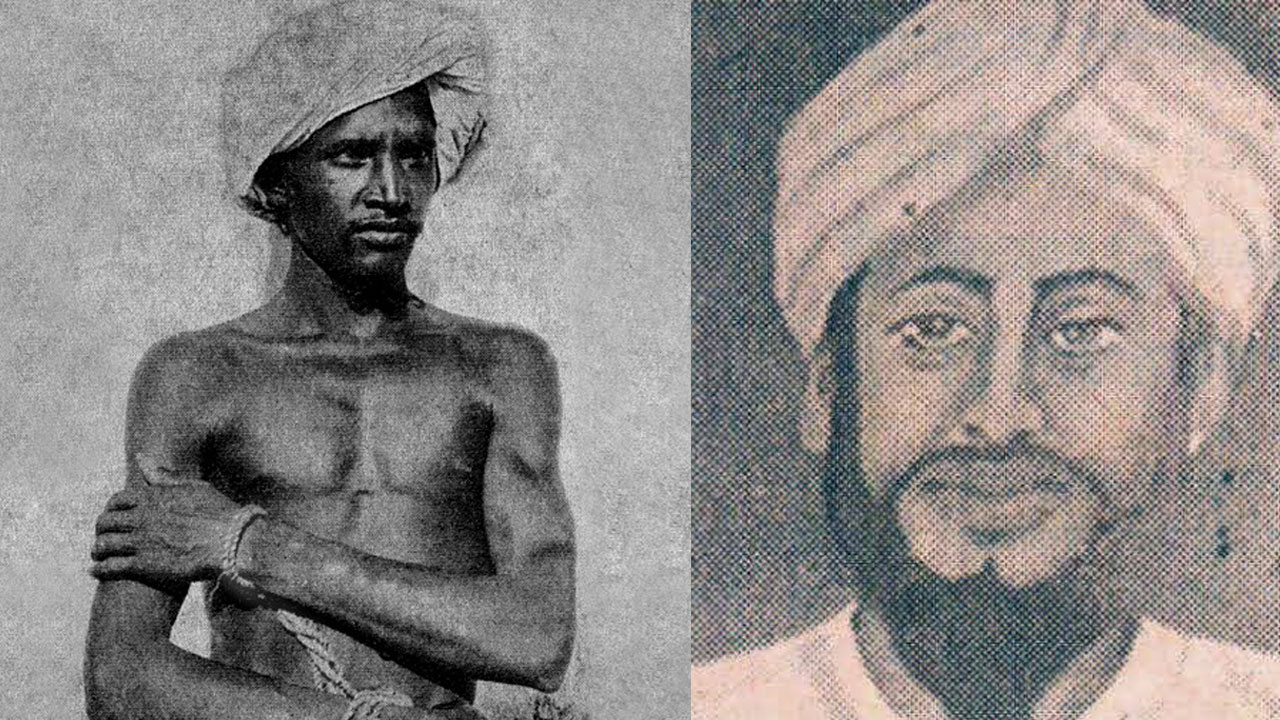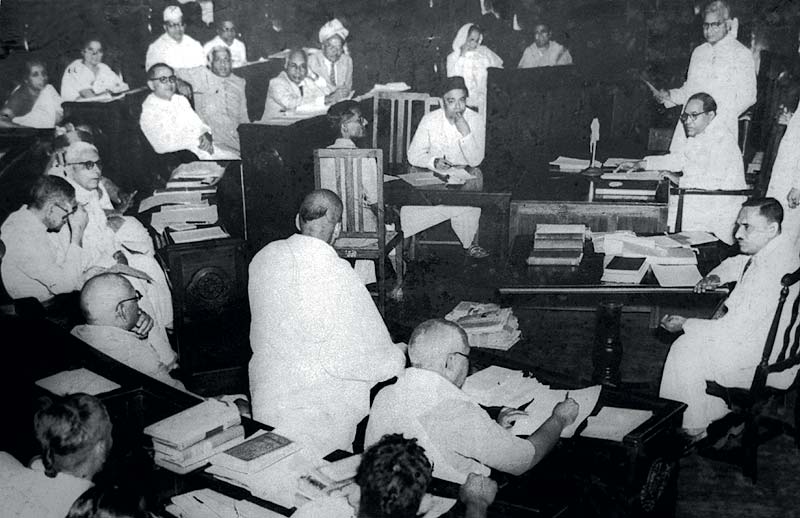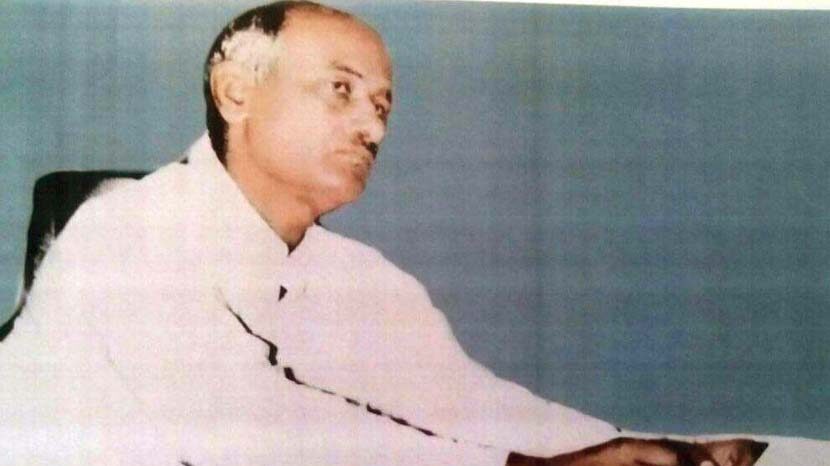Two streams of thinking have always existed in parallel in India – Dwij and Bahujan. Indians have had two mutually contradictory worldviews – brahmanical and Bahujan. Like on many other issues, the two have been at loggerheads on the issue of Ram and the epics telling the story of his life and times.
Ram, the son of Dashrath, is the ideal of the Aryan-Dwij brahmanical tradition and two epics have been written on him – Valmiki’s Ramayan and Tulsidas’s Ramcharitmanas. Dwij scholars, writers and readers consider Ram as a hero par excellence and highly revere Ramayan and Ramcharitmanas. For the Bahujans, however, Ram and the two epics are brahmanical tools designed to legitimize and perpetuate the domination of the Brahmins.
It is not without reason that almost all Bahujan heroes have commented on Ram and the story of his life and have concluded that Ram is neither a god, nor an ideal human or a religious personality. They also contend that the Ramayan and the Ramcharitmanas were written to underline the superiority of the Aryans and the Brahmins and to establish the domination of the Dwijs over the Bahujans. They are not religious scriptures like the Bible, the Quran or the Tripitakas.





